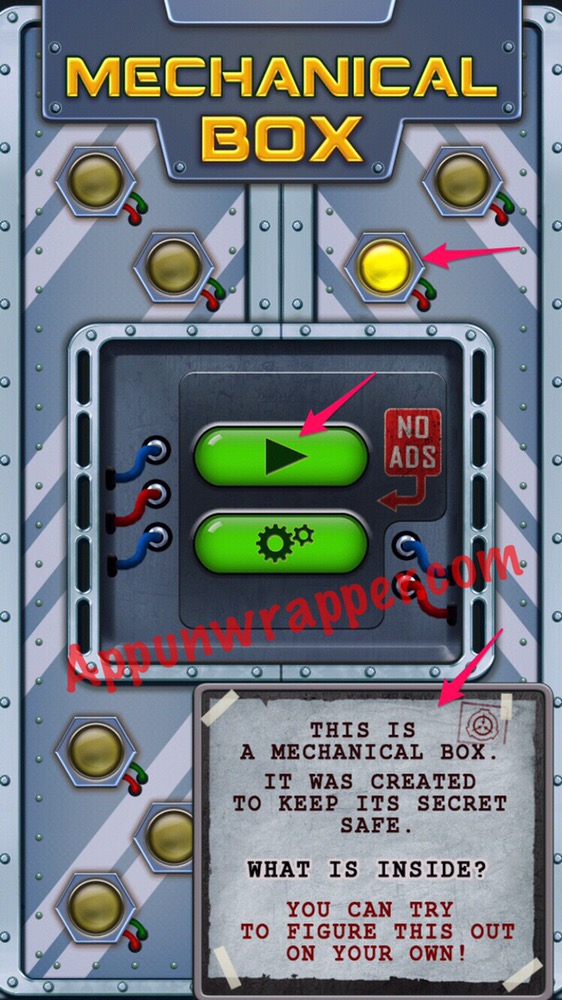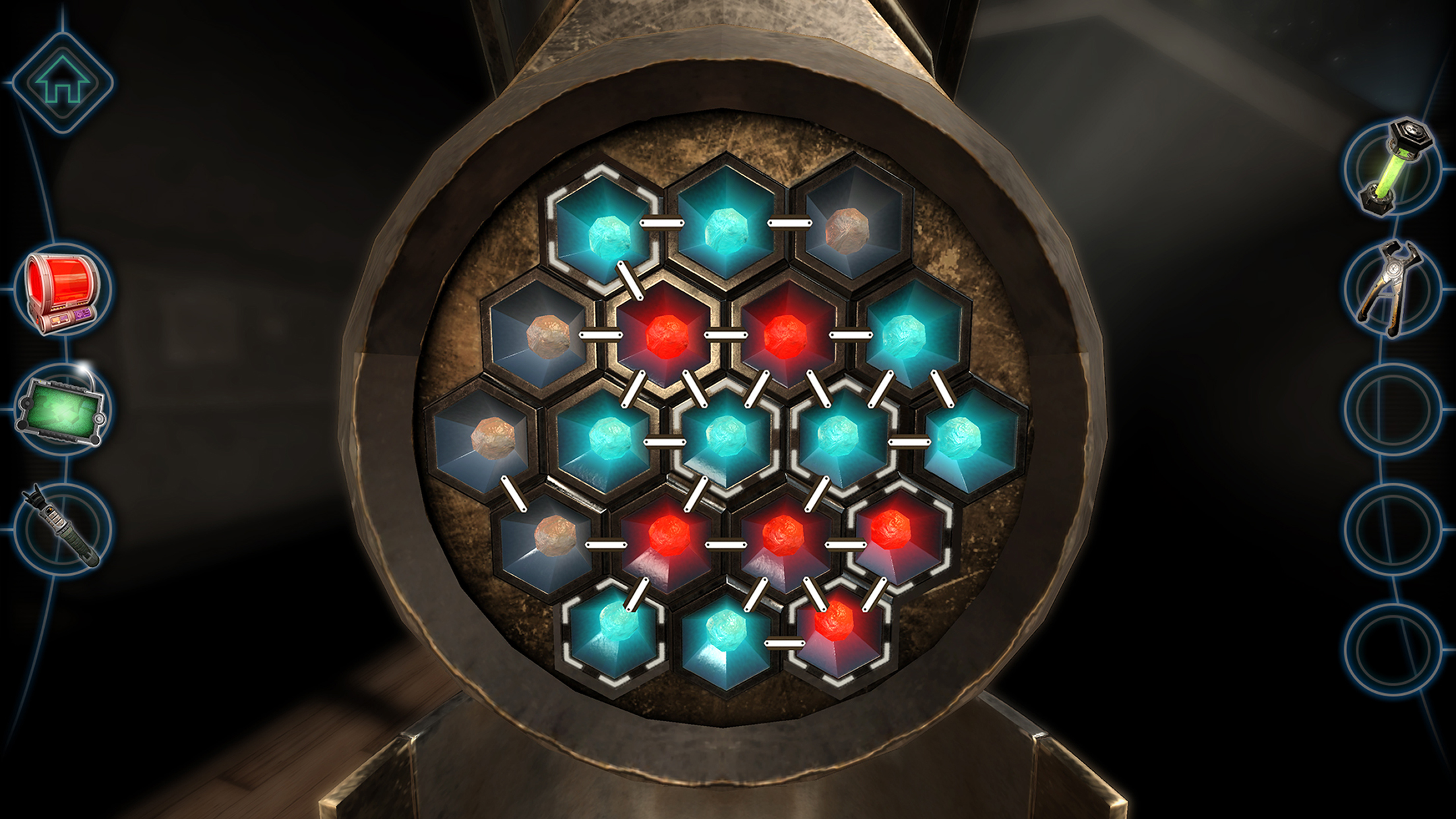

Where those games combined his adorable cartoons with organic real-world collage, Machinarium’s point and click adventuring is entirely hand-created. If you’ve played Samorost 1 or 2 you’ll already know something of the worlds creator Jakub Dvorský designs. But Machinarium’s scratchy, hand-drawn robot world is beautiful. The gorgeous graphics of games like the recent Prince of Persia or the forthcoming Borderlands are artistic works, imaginative and fresh. The awesome panoramas of a Crysis or a Far Cry 2 can be remarkable, but it’s always technically remarkable.

It’s a sort of beauty that games are almost never graced with. Machinarium is an extraordinarily beautiful creation. After staring in wonder at the artwork and trailers for months I was able to play through a finished version this week in order that I could tell you Wot I Think.
Machinarium puzzle answers trial#
When the puzzle in question involves putting a cat up a didgeridoo, it's clear that finding the solution through trial and error won't be achievable for everyone.The long awaited adventure Machinarium is finally available today. Often, checking the basic hint offering is the best way to find the start of a puzzle thread, rather than traipsing around working out which of the numerous puzzles available can be tackled first. Such helping hands are a luxury in the early stages, but become harder to resist as the puzzles begin to overlap. If that's punishment for abusing the system, it's never explained. I found that sometimes it would kill you as soon as you started, while other times the key would be left floating in an empty void with no end in sight. It's hardly taxing, but it is intrusive enough to make you think twice about reaching for the answers too quickly. This information must be earned, however, by playing through a short mini-game in which you guide a key through a Defender-esque cave to a keyhole. If that's not enough, you can access the walkthrough book, which spells out the exact steps required in a sepia comic strip. Like all in-game information, it's presented as a doodle with no further explanation. The first option - a lightbulb icon - simply gives you a broad clue as to what you should be trying to do. There is, thankfully, a two-tier hint system available. Gaining access to this foundry is one of the first puzzles you encounter. Checking each location for useful features therefore becomes a question of painstaking exploration, making sure that every possible combination of position and height has been exhausted in order to clear each location of every usable trinket. Your robot chum is flexible as well, capable of scrunching down to floor level or expanding upwards to reach higher locations. Unlike other point-and-clickers, where you can mouse over everything on-screen to see what can be interacted with, Machinarium only lets you tinker with things that are within reach. Working out where to start unravelling the sequence of cause and effect becomes more of a problem, and the game's strict limits on what you can investigate make progress even harder. Having snuck past the gates, and been unceremoniously incarcerated by the bullying robot bad guys, escape leads you into the city proper where puzzles begin to stretch across multiple screens, piling on top of one another like waffles. Things soon open out though, and in doing so some of the game's oblique nature begins to act against it. Puzzles are restricted to just one screen, calling to mind the familiar truncated explore-and-click aesthetic of old, and it doesn't take long to work out the sequence of actions needed to shunt your robot pal a little closer to his goal. To begin with, the influence of Samorost - the earlier Flash game by creator Jakub Dvorsky - is hard to miss. It's a streamlined procession of smaller brain-teasing chunks which lead seamlessly into one another while keeping their mysteries neatly separated. Once a puzzle is overcome, items are automatically discarded, so there's none of the inventory bloat that other adventure games suffer from.

Inventory puzzles are the game's main currency, but it has a refreshing disposable take on this old genre standard. He must find his way back home, rescue his girlfriend and prevent a gang of robot hoodlums from setting off a bomb. It's the tale of an adorable little robot, cast out from a mechanical city by accident. As amusing as Telltale's Sam & Max games have been, a few hours in Machinarium's arcane steampunk world makes you realise just how far the genre has wandered from its traditionally ruthless roots. The old-fashioned sort, where one screen can keep you stumped all weekend, where having a notepad to hand is a good idea and where every door and hatchway is guarded by some fiendish puzzle. Machinarium is a point-and-click adventure.


 0 kommentar(er)
0 kommentar(er)
